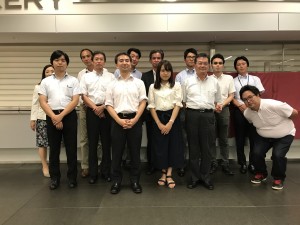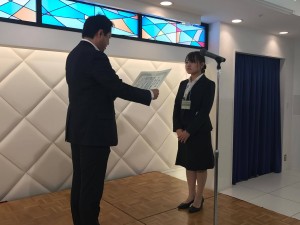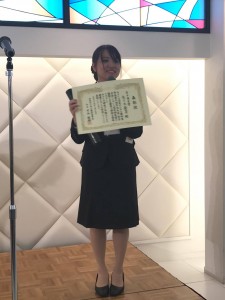Ryosuke Ishizue, Kazunori Sakamoto, Hironori Washizaki and Yoshiaki Fukazawa, “A Student Placement Predictor for Programming Class Using Class Attitude, Psychological Scale, and Code Metrics,” 25th International Conference on Computers in Education (ICCE 2017), Rydges Latimer hotel, Christchurch, New Zealand, December 4-8 2017.
It is often necessary to divide classes depending on students’ skill level and motivation to learn. However, it takes much time and effort for a teacher to measure and evaluate them. Because the teacher must prepare an examination and conduct it. Thus, we tried to predict results of placement from some materials without such an examination with machine-learning. The explanatory variables are 1. Psychological Scale, 2. Programming Task, and 3. Questionnaire about class. These are answered by university students in class to learn Java programming. The target variable is the result of placement based on the examination by a teacher of the class. As a result, we created a classification model whose F-measure is 0.91. Moreover, we investigated which explanatory variables affect how much results.


